As responsible travelers evolve, so do the stories we share.
This article is part of our living archive — trusted content we continue to care for.
First published on April 1, 2018 • Last updated on September 26, 2025.
The Safe City Index
Vora uses the Safe City Index to make her claim. Compiled by the Economist for the past two years, the list relies on funding from the NEC, a company that claims to create “safer and more secure urban communities through digital communication.” They have reason to want us to be afraid.
Quito is listed as 53 of 60 cities on a list that progresses from relatively safe to most dangerous. But the list takes more than crime into account. The rating combines metrics that include health and infrastructure as well as digital and personal security. Therefore, cities in developing nations with limited access to digital security measures like CCTV, with older city centers full of historic buildings, and with limited access to top-of-the-line health care are penalized in the safety index.
Only one city in a developing nation shows in the safest half: Buenos Aires, Argentina.
My family has lived in both Buenos Aires and Quito. We were robbed in one of these two cities. We were pick-pocketed in one of these two cities. Ironically, neither crime was committed in Quito.
Our own experience in these cities makes me question the huge disparity in ratings. Tourists in both cities need to take precautions but those in Buenos Aires, in my opinion, face a higher chance of pickpockets and armed robbers in popular tourism districts than those in Quito.
The City of Quito Responds
It should come as no surprise that the municipality of Quito is angry that their city should appear on this list of cautionary tales. Their spokesperson for tourism, Verónica Sevilla, reminded a local newspaper that the US State Department provides safety rankings for countries throughout the world. Ecuador maintains a Level 1 on their new and updated website. In fact, the report from the Safe City Index might as well have been compiled from the State Department website as they warn of the same dangers without the hyperbole.
Since 2016, there have been fewer than 250 reported acts of theft against tourists each year. Considering Quito is a city with more than 2.5 million people, I think it is safe to say that the vast majority of tourists will never be robbed.
Even the warnings of express kidnappings seem overblown. A decade or so ago, it was fairly common to read in the newspapers of Guayaquil or Quito that someone had been kidnapped by taxi and taken to an ATM to remove money from their accounts. Both cities have taken steps to prevent these types of kidnappings. Today, express kidnappings are not only rare but avoidable. Taking simple precautions, like using established taxi networks like EasyTaxi, or flagging a taxi near a police check point, or hiring local drivers through your hotel or host, can make you a less-likely target.
Not Your Average American Recommendations
In my opinion, the NY Times extrapolated information from a report without considering the bigger picture. Yes, Quito is a city with crime. Yes, its residents must find ways to improve safety and security. But Quito is not more dangerous than Buenos Aires, a city ranked in the upper half of that same report.
If a tourist follows basic precautions recommended for travel in most big cities, they will avoid even petty thefts like cellphone robberies. On our pages, we believe in presenting destinations honestly and will give you a heads up if robbery or petty theft is a problem. When we make recommendations on places to stay, we have frank conversations with our customers about the pros and cons of each neighborhood. We want you to enjoy your trip without being scared or worried.
Readers of our blog will know that safety and security are top on our list of concerns. We’ve written about safety in the backcountry and for basic travel in South America. We also offer specific suggestions for staying safe while touring Quito. We are not blind to the problems. We just don’t think Quito deserves to be listed as one of the most 5 dangerous cities for tourists.

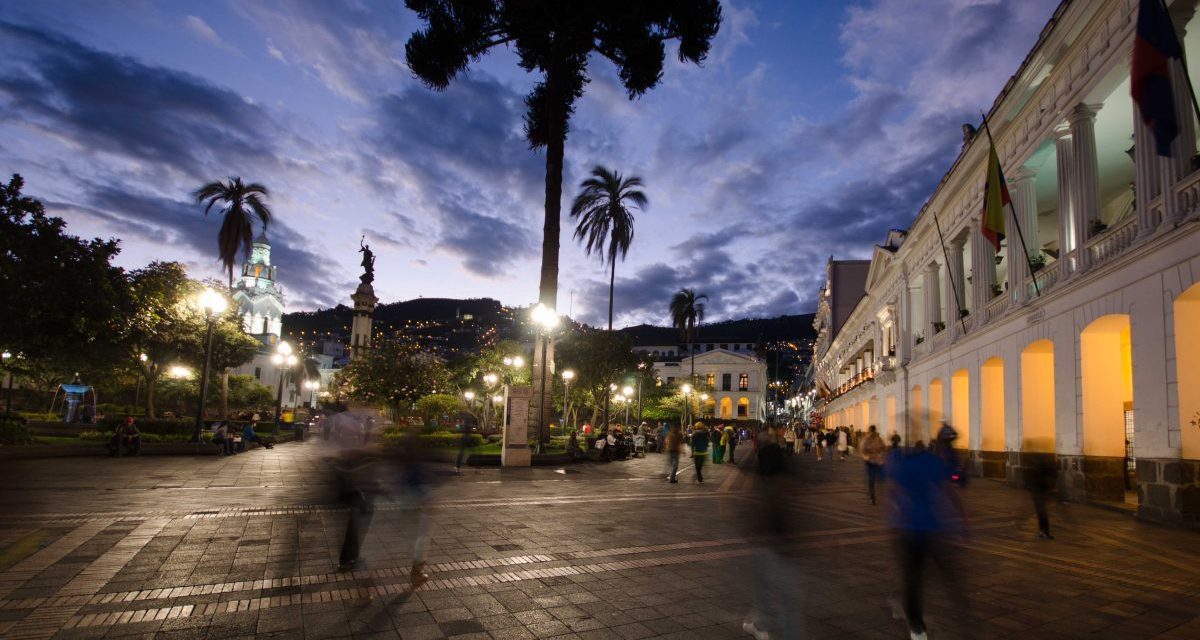
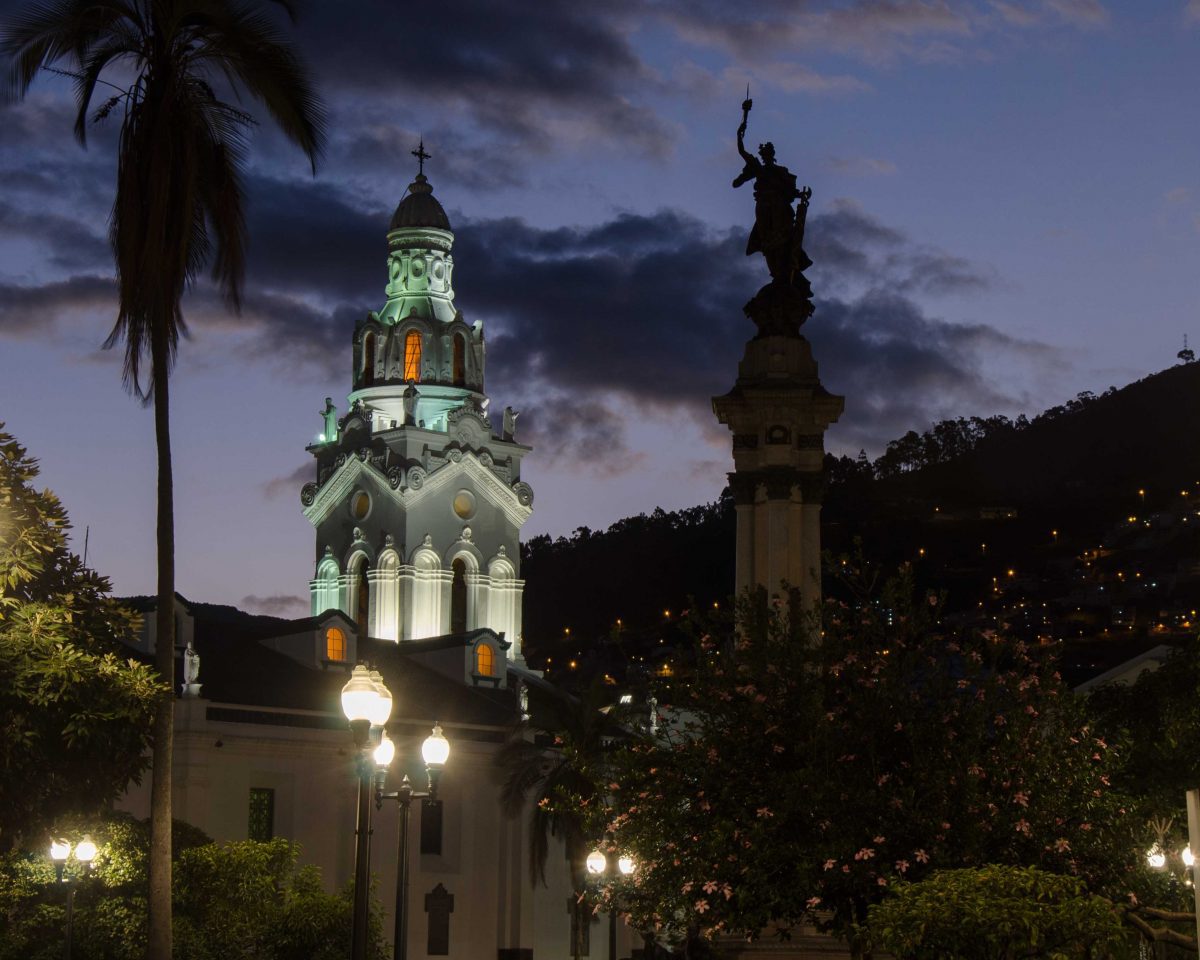
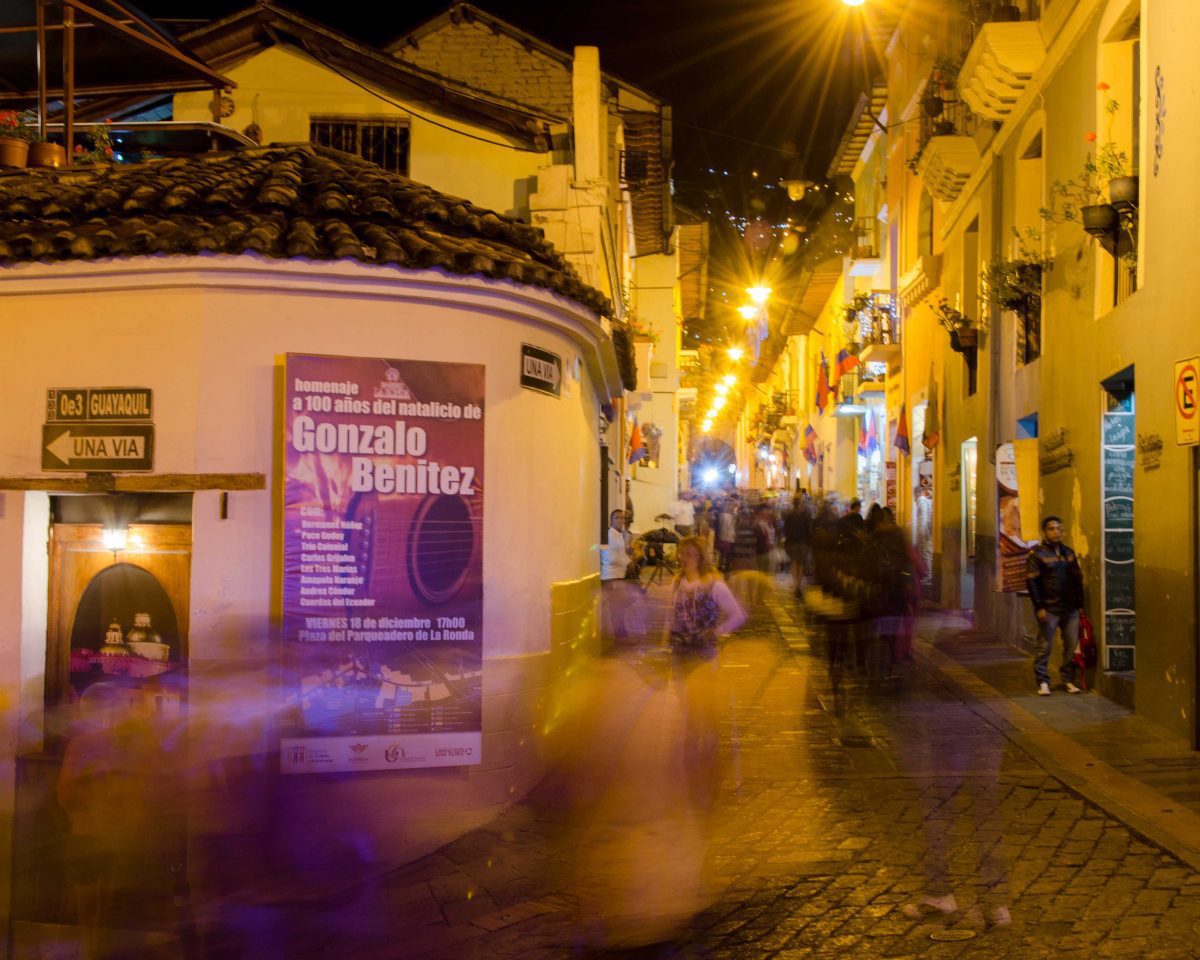
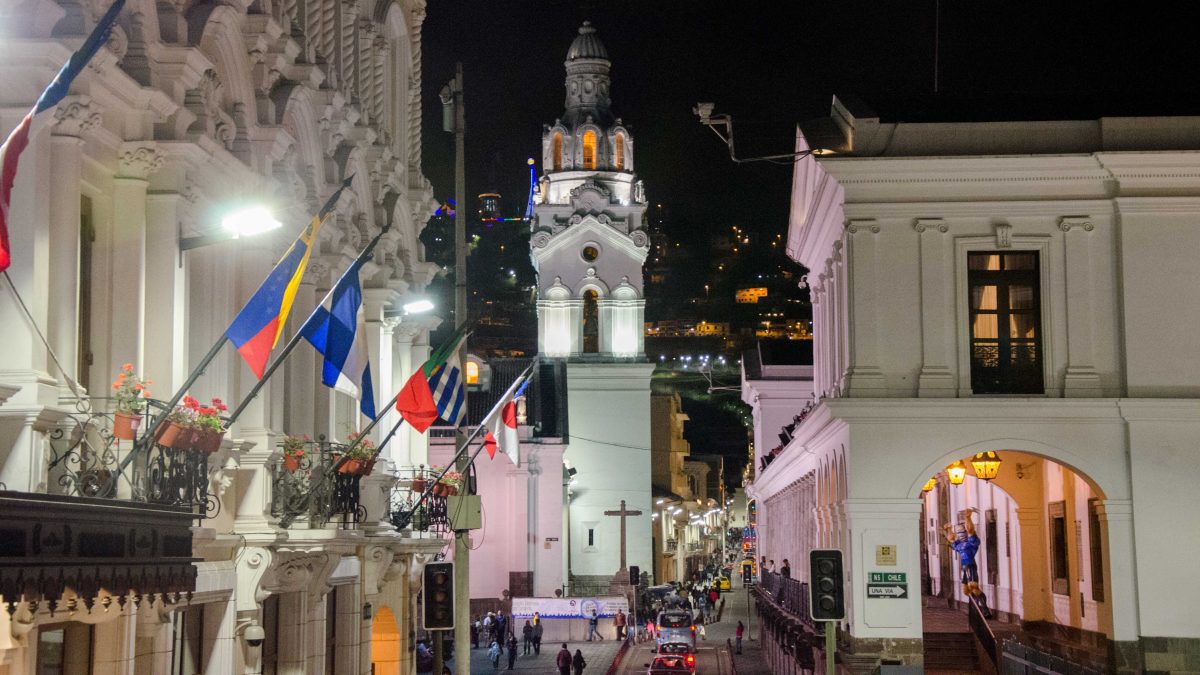

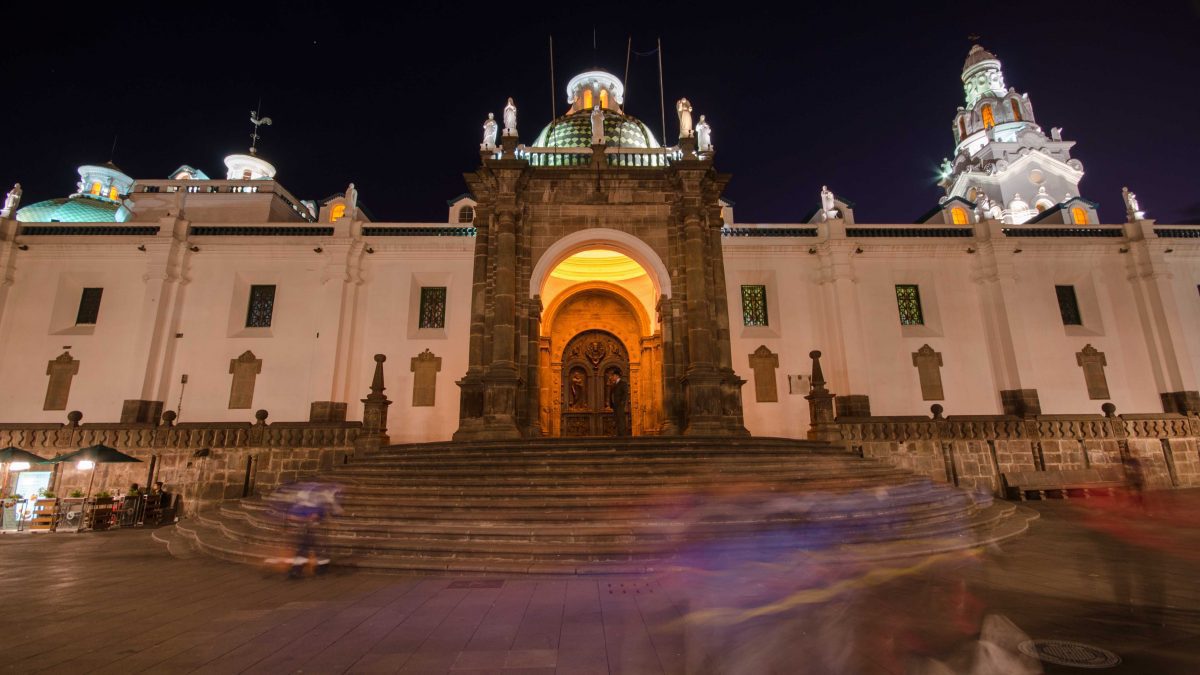





















Many useful tips there, thanks for sharing in the article! Indeed, Ecuador is a fascinating place to visit – it has the world’s highest active volcano, multiple UNESCO World Heritage sites, and is also one of the most biodiverse countries globally!
However, there are tourist-targeting scammers and petty crime to be wary of.
Do be wary of pickpockets, drink and food spiking, river boat robbery, rigged taxi meter, lottery scam, Sob story scam, and many more!
Great pictures of Quito.
Thanks so much, Bob! Quito is a beautiful city to photograph!
Well said! This makes me feel much better about our upcoming trip.
I am very glad this article makes you feel better. After your trip, you will completely understand our love of Quito! I hope you have a lot of wonderful outings planned. If you need any assistance, please let me know. We have so many favorite places in the region, from national parks and private wildlife reserves to archeology sites and local markets, not to mention the historic city center. It makes me almost jealous that you will get to see all of these beautiful places with fresh eyes ~Angie